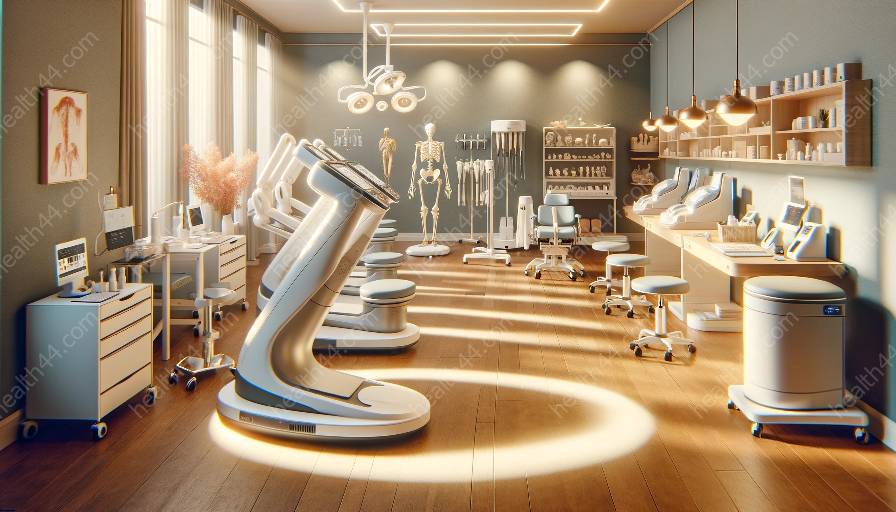Arthroscopy, a minimally invasive surgical procedure, has revolutionized the field of orthopedics, providing less invasive treatment options for patients. Orthopedic instruments and equipment specific to arthroscopy play a crucial role in the success of these procedures. In this comprehensive guide, we will explore the various instruments and equipment used in arthroscopy, their functionalities, innovations, and their significance in the realm of orthopedics.
The Role of Arthroscopy in Orthopedics
Arthroscopy involves a minimally invasive surgical technique that allows orthopedic surgeons to visualize, diagnose, and treat joint problems. This approach typically involves small incisions and the use of specialized instruments and equipment to access and repair damaged joints. Arthroscopic procedures are commonly performed on knees, shoulders, hips, wrists, and ankles, with applications ranging from diagnostic examinations to intricate joint reconstructions.
Key Orthopedic Instruments for Arthroscopy
Orthopedic instruments used in arthroscopy are designed to facilitate precise, minimally invasive procedures. Common instruments include arthroscopes, which are small cameras that enable surgeons to visualize the inside of a joint, and specialized probes and shavers used to remove damaged tissue or cartilage. Additionally, orthopedic surgeons utilize graspers, scissors, and cutting instruments tailored for arthroscopic interventions.
State-of-the-Art Arthroscopic Equipment
Advancements in medical technology have led to the development of state-of-the-art arthroscopic equipment. This includes high-definition cameras, which provide exceptional clarity and detail during arthroscopic procedures, as well as innovative tools such as radiofrequency probes for tissue ablation and advanced irrigation and fluid management systems to optimize visualization and maintain a clear surgical field.
Minimally Invasive Techniques
Orthopedic instruments and equipment for arthroscopy enable surgeons to employ minimally invasive techniques, reducing patient trauma, postoperative pain, and recovery time. By utilizing arthroscopic instruments, surgeons can address joint conditions through smaller incisions, leading to improved patient outcomes and satisfaction.
Enhancing Precision and Accuracy
The precise and accurate nature of arthroscopic instruments and equipment is instrumental in achieving successful outcomes. Instrumentation such as precision drills and powered shavers allow surgeons to target and address specific areas of concern within a joint, promoting efficient tissue resection and repair.
Specialized Devices for Joint Reconstruction
Arthroscopy plays a pivotal role in joint reconstruction procedures, such as ligament repairs and meniscal surgeries. Specialized arthroscopic instruments and equipment are designed to facilitate complex reconstructions, enabling orthopedic surgeons to restore joint stability and function while minimizing disruption to surrounding tissues.
Integration with Orthopedic Equipment
Arthroscopic instruments and equipment are seamlessly integrated with other orthopedic equipment and technologies. For instance, arthroscopic video systems allow real-time visualization of procedures on high-definition monitors, enhancing collaboration and education in orthopedic settings.
Future Innovations in Arthroscopic Tools
The field of orthopedic instruments and equipment for arthroscopy continues to evolve, with ongoing developments focused on enhancing precision, visualization, and patient outcomes. Innovations such as augmented reality-guided arthroscopy and robotic-assisted interventions are poised to further transform the landscape of minimally invasive orthopedic surgery.
Conclusion
Orthopedic instruments and equipment for arthroscopy play a critical role in advancing minimally invasive orthopedic procedures. From enhancing visualization and precision to enabling complex joint reconstructions, these instruments and equipment continue to drive innovation and improve patient care in the realm of orthopedics.


